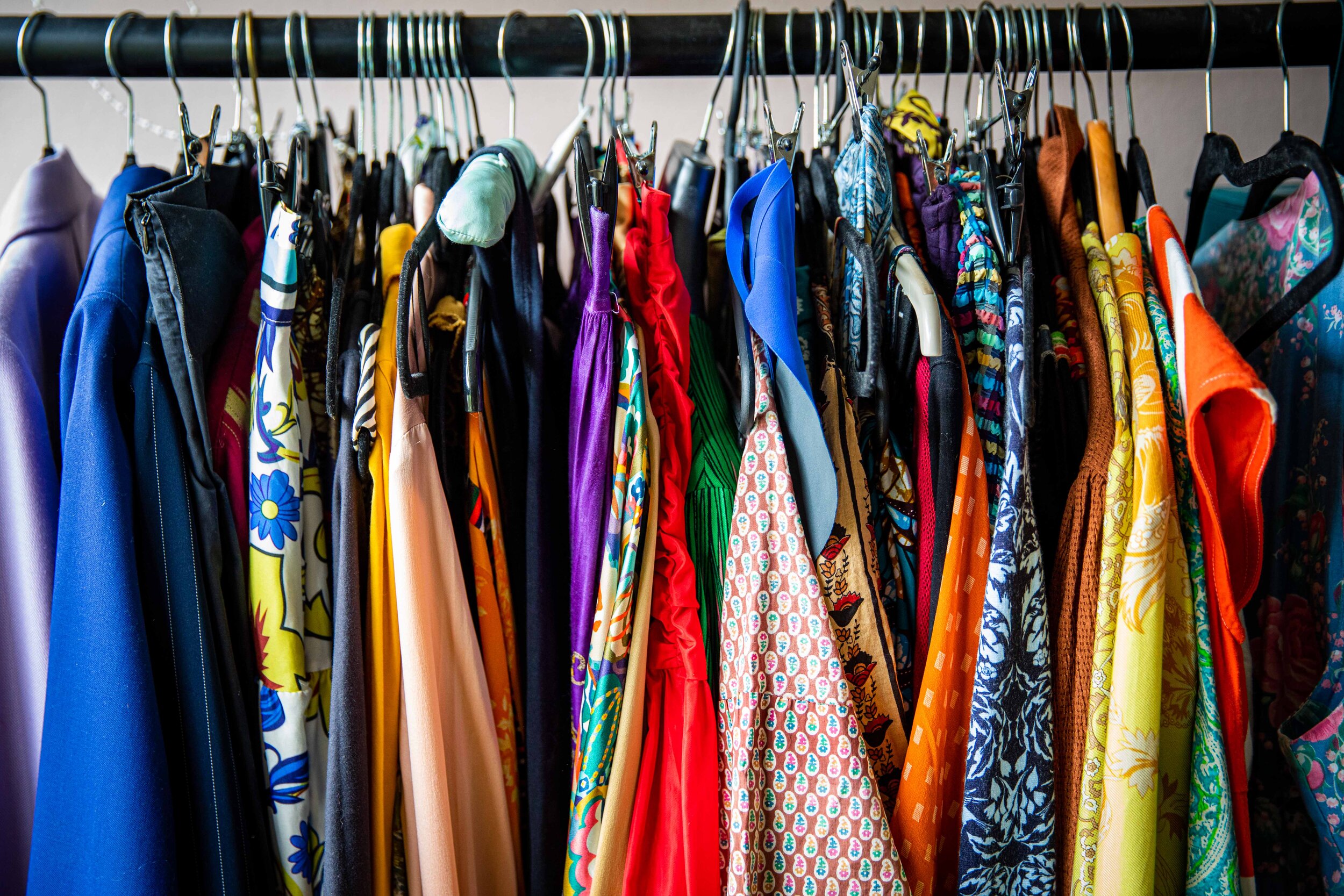The Vinted findings of fast fashion and waste prevention

My name is Drew, a young female adult who works as an Apprentice Waste Prevention Officer for the Council. I have been in this job role now for four months and almost immediately began thinking about waste I generate and how to reduce it. Before working here, I had no major concern for the waste I generated every day and rarely, if ever, thought about the environmental impact I had.
One of the first things I read with my waste prevention hat on was a report on Vinted. A notable conclusion was how the members of the community using Vinted help the environment. Whether they have reducing environmental impact at the forefront of their mind when buying and reselling, or whether it is purely to save money in a time where it is most needed.
For me, during my school years, my classmates decided whether consciously or unconsciously that second hand clothing was a negative thing and, it felt “cheap” to buy second hand clothing no matter the condition they were in. I am now considering the subconscious impact this has had on me, even years later. When did we move away from the stereotype? What has changed the opinion of society that now makes second hand shopping more “socially acceptable”?
The Vinted report illustrates the demographics of 100,000 members they surveyed, of which 86% were female, 13% were male with a further 1% stating they didn’t wish to disclose how they identify. My biggest question from these demographics is why there were more females as a percentage than males? My assumption here is that not many men shop as frequently as women therefore, they have less to resell.
Moving forward, I am challenging myself to break the cycle of urgency I feel when buying clothes when having the option for next day delivery. I feel the sense of false urgency for needing a product is significantly worsened when we are hit with a low price for next day delivery or given free delivery when we spend over a certain amount. I have previously fallen into the trap of spending a few extra pounds to receive free next day delivery, when in all honesty, the products I was buying at the time could’ve easily been found on reselling sites like Vinted at a reduced cost. What can be done to remove the urgency?
For many years prior to starting this job role, I had completed activities that prevent waste but hadn’t actively thought about the impact until starting this role. Several times a year I would dispose of unwanted clothes at my local recycling centre, though it seems self-explanatory now, but I had put little thought into the fact I was actively contributing here.
Now, I purposely go out of my way to ensure I donate clothes to my local centres or resell through Vinted. I now tell myself several things when exploring my wardrobe for items to get rid of, the first being if I didn’t wear it in the last six months, I probably won’t wear it in the next six months. If it’s an item I am instantly hit with doubt on whether to keep, that is a sign to get rid. If it’s an item I completely forgot about but I am hit with excitement when finding it again, get rid; this is because the excitement is only because I found it, if it is something I thought little about during the time I had no idea where it was, it isn’t an item worth keeping. I have become extremely strict on what I keep and what I need, and this has ultimately, made the process far more bearable as it was once an activity I would continuously postpone as I disliked it so much.
To conclude my first blog, I feel unanimously we are all moving towards a more circular economy and recently, the popular fashion brand Zara has started a pre-owned campaign in which they encourage customers to donate their items and enables reselling through the brands app. The initiative is to gradually move toward a sustainable environment and to stop the impact of disposing clothes that can be upcycled to become a new item or simply repaired.
I hope that big brands with a significant platform of customers starting initiatives that are bringing themselves and customers towards a circular economy is something that we can start to see more of throughout the fast fashion world.

